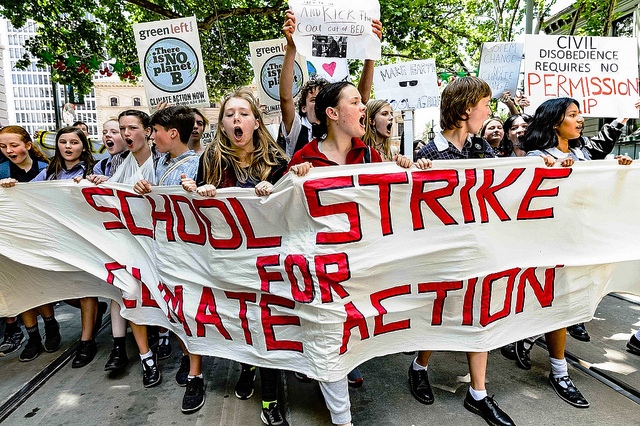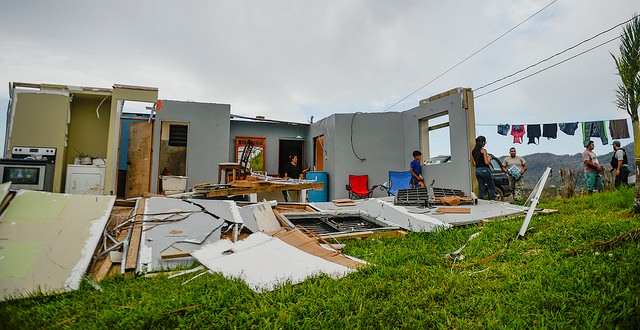The weather in Tompkins County has been beautiful this June. Spring got off to a slow start in April, with one rainy, gray day following another and temperatures at night dipping into the 30s even at the end of May. But then June arrived and with it so did the warmer and sunnier days. Gardens are exploding with new growth, the fields and roadside ditches are full of wild flowers and the landscape is green and lush.
 |
- Record-shattering heat assailed Europe this past week, with temperatures hitting well above 100 degrees F in France, Germany, Poland, and Spain. In fact, Europe’s five hottest summers in the past 500 years have all occurred in the last 15 years.
- The wave of scorching weather has been even worse in India, where hundreds of villages have been abandoned because of acute water shortages and crop failures. The temperature in the city of Churu, hit 123 degrees, “making it the hottest place on the planet,” according to the Guardian. Several of India’s biggest cities are on the verge of running out of water.
- In the Canadian Arctic permafrost is thawing 70 years sooner than scientists predicted. “What we saw was amazing,” Vladimir Romanovsky, a professor of geophysics at the University of Alaska Fairbanks said. “It’s an indication that the climate is now warmer than at any time in the last 5,000 or more years.”
- A new United Nations report warned of “climate apartheid,” asserting that human rights, democracy, and the rule of law were all increasingly at risk. The report observed that developing countries will bear 75% of climate crisis costs, despite the poorest half of the world’s population causing just 10% of carbon dioxide emissions.
- In the face of this mounting evidence of runaway climate change, the U.S. refused to join nineteen other nations this week at the G20 Summit in Japan in a reaffirmation of their commitment to implementing the Paris Treaty. The U.S. objected on the grounds that doing so would hurt American workers and taxpayers.








